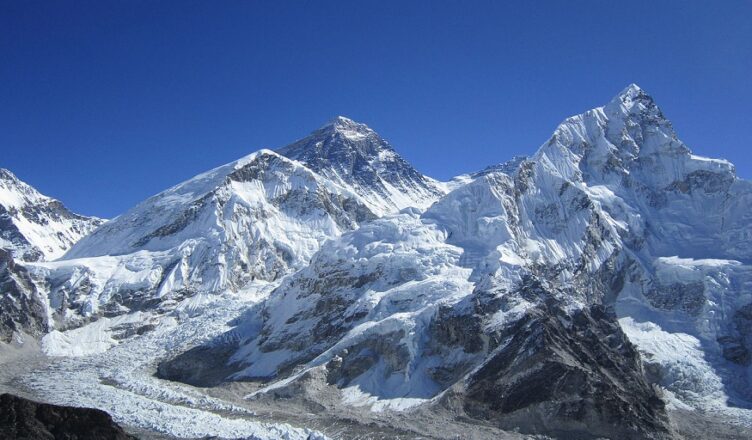The raw allure of the Himalayas has been a siren’s call to adventurers from around the globe. With its dizzying peaks and profound spiritual ethos, Nepal stands at the heart of this beckoning. For those who dream of trekking in Nepal, the journey to Everest Base Camp offers the ultimate Himalayan experience. Yet, it’s not just the destination that captivates—the path trodden, especially through the country’s famed mountain passes, that holds innumerable stories.
The Magic of Nepal’s Mountain Passes
Mountain passes in Nepal are gateways between valleys and are often the highest points in trekking routes. These passes are not merely geographical features; they symbolise the challenges that nature throws at humanity, testing resilience, endurance, and spirit. Crossing them provides trekkers unparalleled views, unmatched satisfaction, and a deeper connection to the region’s culture and traditions.
Embarking on the Everest Base Camp Trek
Trekking of Everest Base Camp begins with anticipation but also reverence. The journey, spanning a couple of weeks for most, offers an immersive experience into the heart of Sherpa culture, with monasteries that date back centuries, fluttering prayer flags that send good wishes to the wind, and traditional tea houses that offer warmth in the chilling weather.
GorakShep: The Last Bastion Before Everest Base Camp
Before reaching the renowned Everest Base Camp, trekkers often find solace and a moment of preparation at GorakShep. The last established hamlet in the trail, GorakShep, buzzes with energy as trekkers, brimming with excitement and perhaps a touch of altitude-induced dizziness, ready themselves for the pivotal march to Everest’s base.
Challenges and Triumphs: Navigating the Mountain Passes
The trekking routes of Nepal, including that to Everest Base Camp, are replete with mountain passes. Each has its character, challenges, and unique vistas.
Kongma La (5,535m): The highest among the three passes on the EBC trek, Kongma La is both challenging and rewarding. As trekkers push towards its summit, they’re greeted with magnificent views of Makalu, the world’s fifth-highest mountain.
Cho La (5,420m): A glacier crossing awaits trekkers here. The glistening icy path and the panoramic views of the peaks, including AmaDablam, are highlights of this pass.
Renjo La (5,340m): Offering arguably the best views of Everest and surrounding giants, Renjo La is a favourite among many. The descent from the pass to the Gokyo Valley, with its pristine blue lakes, is an ethereal experience.
The Culture Enroute
One cannot discuss trekking in Nepal without mentioning the warmth of its people. Sherpas, the guardians of the Himalayas, play a crucial role in every trekker’s journey. Their tales of mountains, shared over cups of butter tea, become as much a part of the trekker’s memories as the landscapes themselves.
In Conclusion
Trekking in Nepal, especially the odyssey to Everest Base Camp, is as much about the inner journey as the external one. Every mountain pass crossed, and every step taken brings a story and a lesson. As one stands at the base of the world’s highest peak, it’s not just about the triumph of having reached there, but the memories made, the challenges overcome, and the backlinks to traditions, cultures, and stories that make Nepal the trekker’s paradise it is.
For those considering this journey, know this: the mountain passes of Nepal don’t just connect valleys; they connect souls, stories, and dreams.
The Everest Base Camp trek transcends a physical journey—a spiritual odyssey for the soul.

